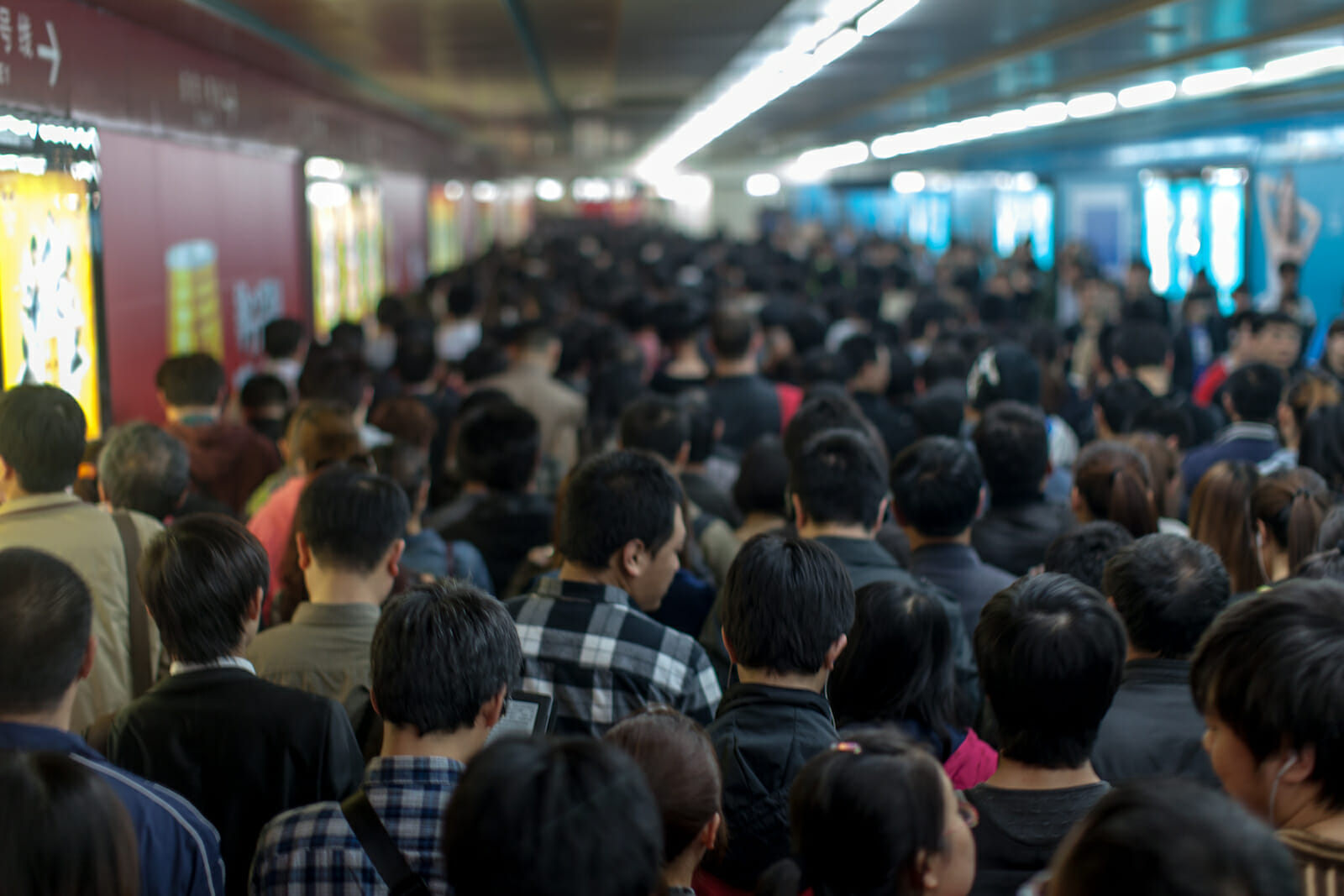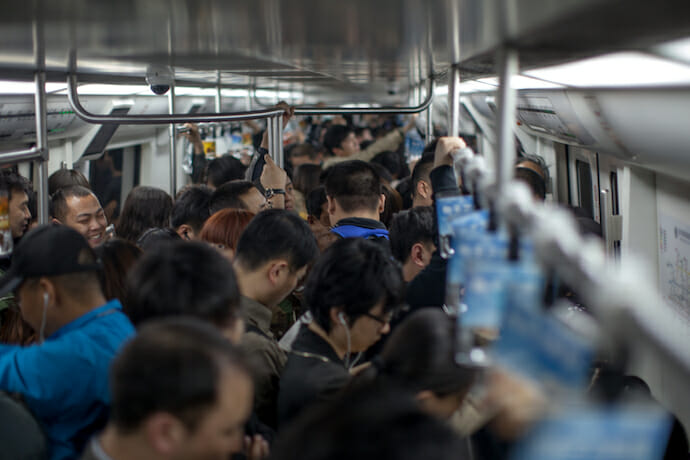
China Faces Economic Headwinds from Shrinking Population
A country that turns grey before wealthy is the dilemma facing those who reside in the leadership compound of Zhongnanhai, just off Tiananmen Square.
A demographic time bomb is ticking and while it is primed to go off after the current leadership in China retires, it is a scenario that could undermine China’s economy and political stability long before the predicted detonation.
Despite the abolition of the one-child policy, in 2015, the birth rate last year was 10.94 per thousand, the lowest since 1949 when Mao Zedong took power. In 2017 it was 12.43 per thousand, data from the National Bureau of Statistics showed. The number of babies born in 2018 fell by two million to 15.23 million. In some areas, the birth rate plunged. In Qingdao, a city in eastern Shandong province, one of China’s most populous regions, births between January and November decreased by 21 percent to just over 81,000 compared to the previous year.
For decades most families were limited to one child to control population growth. This policy was often enforced with abortions and harsh financial penalties. A gender imbalance occurred. About 117 boys were born for every 100 girls in 2015 as parents believed males would better secure their welfare in old age.
But the onset of an aging society and a shrinking workforce saw this policy relaxed in 2015 when couples were allowed two children. But this has not gone according to plan. Rising and stratospheric education, health and housing costs make it difficult for couples to afford even one child, let alone two. Also, living arrangements mean that many couples have to look after both sets of parents, often in small apartments.
Traditionally, care for the elderly is the responsibility of the children, particularly in a Confucian society where respect for elders is part of the social fabric. Not only is it part of tradition, but it is also the law. There is a legal requirement for children to look after their parents’ “spiritual and physical needs.” The rising numbers of those classified in the ranks of the elderly will put an unprecedented strain on the ties that hold society together.

China’s workforce, those aged between 16 and 59, was 897.3 million last year, a 4.7 million drop from 2017. The workforce is on track to decline by as much as 23 percent by 2050. China is aging more rapidly than almost any country in recent history, according to the United Nations. A serious labor shortage will be the consequence.
There were about 222 million people aged 60 years or older as of 2015, about 17 percent of the nation’s entire population, currently 1.3 billion people. This is expected to peak at 1.4 billion in 2029. The decline will set in immediately after that according to a Chinese Academy of Social Sciences study released in January. The population decline means less domestic consumption, and thus rapidly slowing economic growth. Spending will have to be re-evaluated by new financial strains on the government. The consequences of this will be felt far beyond China’s borders. It was Chinese spending that helped the West avoid an even steeper downturn after the 2008-9 crash.
A baby boom under Mao was followed by more than three decades of a one-child policy, formally introduced in 1979, that created distortions in the economy. True, many poor people in the countryside, where the policy was less strictly enforced, had more than one child. The wealthy, traditionally in the cities, had one. These were the inheritors. That generation of first wealth was passed down to one child instead of dividing it up among siblings. Wealth was concentrated in the coastal areas. This created enormous distortions. The disparity between rich and poor is obvious. The richest 1 percent of households own 30 percent of China’s wealth, according to a Peking University study.
China has relied on government credit to boost its economy. As the population ages, the government will need to divert a good chunk of that funding to take care of the elderly. In one sense, it is a testament to the country’s growing prosperity and new opportunities for women as they prioritize careers over raising children and shun traditional roles.
This is already apparent, though not in the government, which is still exclusively male. But women are outperforming men in education and in the workplace. More women than men attend universities, despite the gender imbalance. At least 40 percent of Chinese GDP is attributable to women, the highest proportion in the world. Some 7 in 10 Chinese mothers work outside the home and 80 percent of all female self-made billionaires, globally, are Chinese.
There are sleepless nights in Zhongnanhai.

